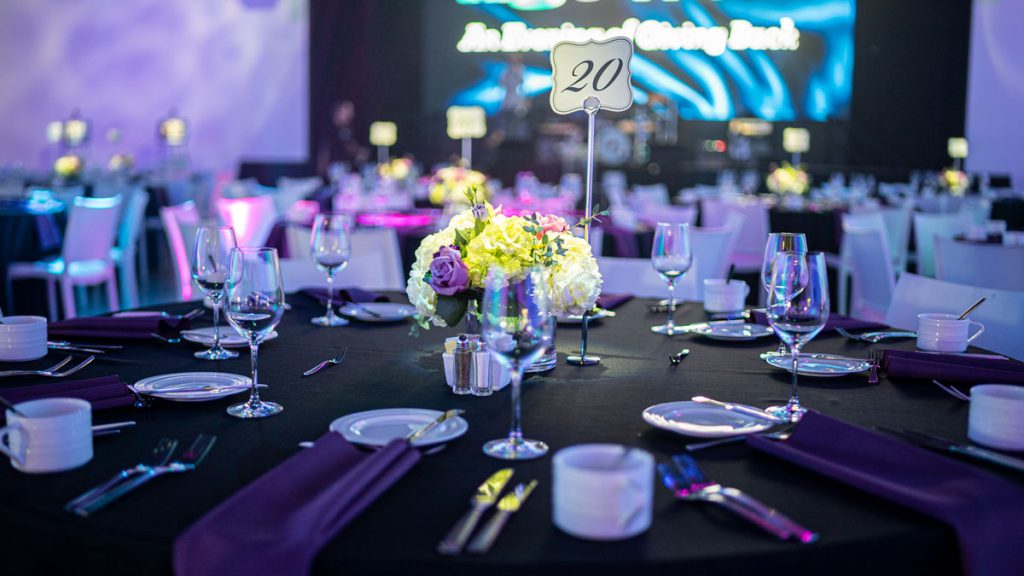The initial step in footage projection on curved surfaces is to comprehend the geometry of the surface. Curved areas can be intricate, with different degrees of curvature. To achieve a seamless projection, it is vital to create a 3D model of the area. This representation helps in visualizing how the video will appear when projected. Applications tools are available that allow users to develop these models and mimic the display. By accurately aligning the measurements and contours of the surface, creators can guarantee that the footage matches perfectly without warping.
Once the 3D representation is prepared, the following phase is to edit the footage material. This includes modifying the footage to suit the specific form and dimensions of the rounded area. It is essential to consider the angles and viewpoints from which the viewers will observe the display. The material should be crafted to enhance the aesthetic encounter, making it captivating and pertinent to the concept of the event or installation. Using high-quality visuals and motion graphics can greatly enhance the total effect of the display.
After preparing the material, the real display procedure starts. This includes placing up the projectors at the correct positions and spaces to guarantee that the video aligns with the 3D model. Calibration is a key part of this process. It may require modifying the luminosity, contrast, browse around this site and focus of the devices to achieve the best outcomes. Additionally, using several projectors may be required to cover larger or more complex areas. This method, known as edge blending, helps create a continuous visual across the entire area.

Finally, testing the projection is crucial before the conclusive presentation. This allows designers to make any necessary adjustments to the footage and projector configurations. It is also an chance to see how the audience will perceive the projection from various perspectives. By ensuring that the video projection is perfect, creators can deliver a remarkable visual experience that creates a lasting impression. Perfecting footage projection on rounded surfaces not only improves artistic expression but also creates new opportunities for storytelling and viewer engagement in various environments.